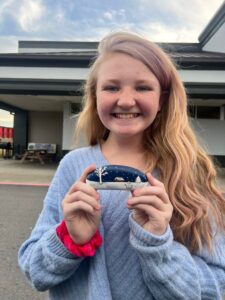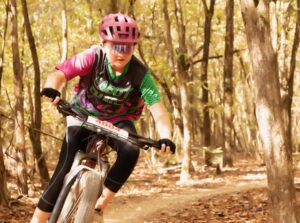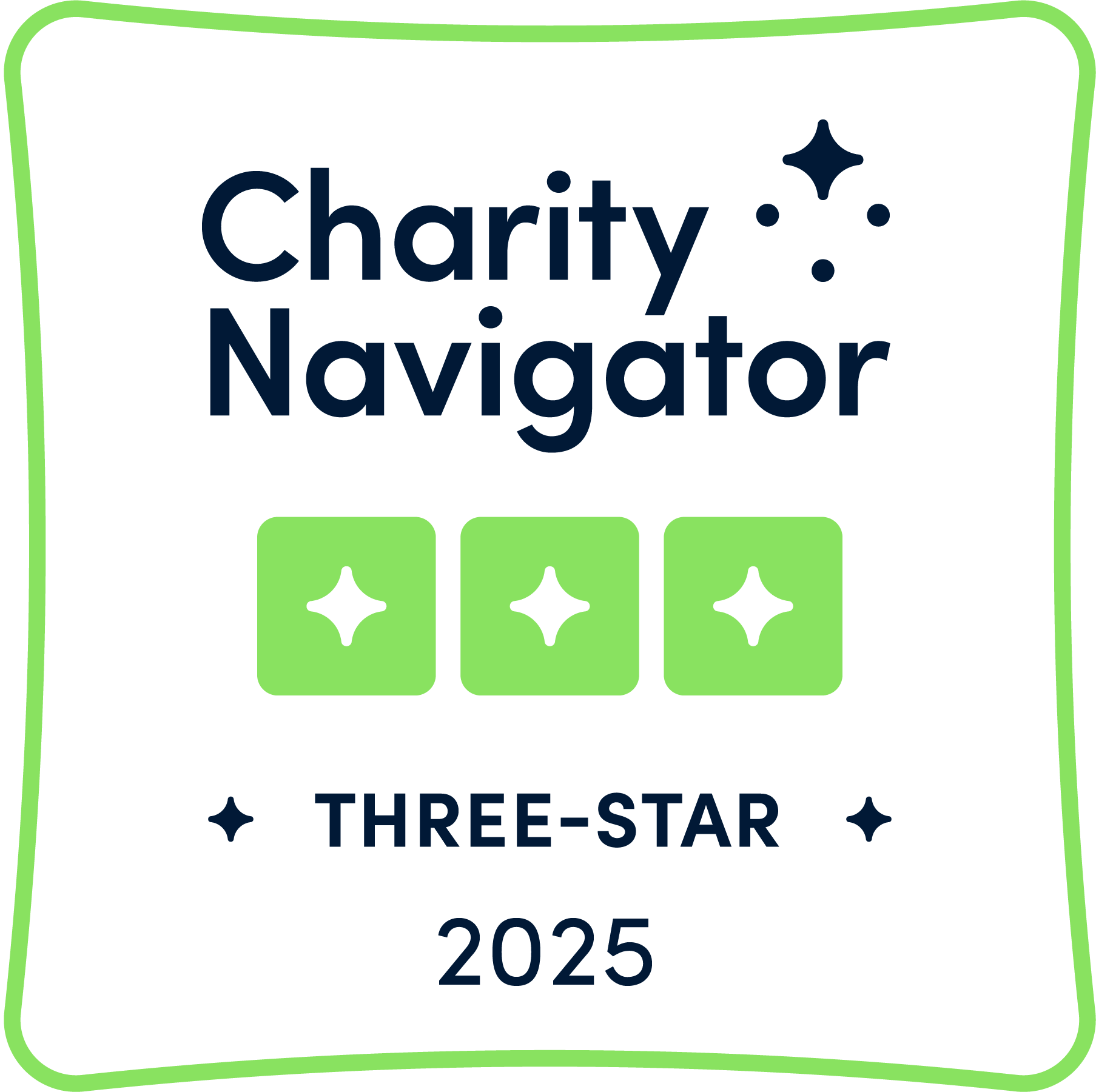 Aly is the daughter of a currently serving member of the Arkansas National Guard who is a veteran of Operation Iraqi Freedom and has over 22 years of miliary service. On the outside, she looks like so many other young girls her age, inquisitive and bright with nearly equal parts giggle, sass, and infectious laughter. What most do not know is just how adversity she has already packed into her life’s story.
Aly is the daughter of a currently serving member of the Arkansas National Guard who is a veteran of Operation Iraqi Freedom and has over 22 years of miliary service. On the outside, she looks like so many other young girls her age, inquisitive and bright with nearly equal parts giggle, sass, and infectious laughter. What most do not know is just how adversity she has already packed into her life’s story.
 At eight months old, doctors diagnosed Aly with infantile early onset scoliosis. Over the next four years, she was in and out of operating rooms for body casts to brace and attempt to control her curve as she grew. Six to eight weeks in a cast from her hips to her shoulders, PT sessions twice a week, limited outdoor activities, and sink baths; this was normal until about age five.
At eight months old, doctors diagnosed Aly with infantile early onset scoliosis. Over the next four years, she was in and out of operating rooms for body casts to brace and attempt to control her curve as she grew. Six to eight weeks in a cast from her hips to her shoulders, PT sessions twice a week, limited outdoor activities, and sink baths; this was normal until about age five.
 For the three years that followed the cast, she wore a brace. Things like physical therapy; repeated doctor visits for x-rays and measurements; and multiple trips to the school nurse daily were very much part of her routine. It was becoming clear that Aly would require surgery, and the standard surgical option involved fusing her spine with rods and screws. This would dramatically limit her range of motion and flexibility.
For the three years that followed the cast, she wore a brace. Things like physical therapy; repeated doctor visits for x-rays and measurements; and multiple trips to the school nurse daily were very much part of her routine. It was becoming clear that Aly would require surgery, and the standard surgical option involved fusing her spine with rods and screws. This would dramatically limit her range of motion and flexibility.
 In late 2020, Ally’s family found a surgeon that could perform a procedure known as vertebral tethering. Using screws in her vertebrae and a cord connecting them, the tether could hold her spine much like a guide wire. Unlike spinal fusion, though, the tether preserved much of her range of motion and flexibility while still correcting her posture and allowing her organs and torso to develop. In January of 2021, just a few months before her ninth birthday, she took her 17th trip into the OR; her first for extended surgery.
In late 2020, Ally’s family found a surgeon that could perform a procedure known as vertebral tethering. Using screws in her vertebrae and a cord connecting them, the tether could hold her spine much like a guide wire. Unlike spinal fusion, though, the tether preserved much of her range of motion and flexibility while still correcting her posture and allowing her organs and torso to develop. In January of 2021, just a few months before her ninth birthday, she took her 17th trip into the OR; her first for extended surgery.
 For just over four years, she was largely pain free. No casts…no braces. She has even taken up riding a mountain bike with the local team for 6th through 12th graders. In December 2024, X-rays revealed that the four inches of growth that she has experienced in the last year had led to her tether beginning to break down. Once again, the family faced the prospect of fusing her spine. The pool of surgeons that perform vertebral tethering is already small, but with a child her age and a curve her size, it is even smaller.
For just over four years, she was largely pain free. No casts…no braces. She has even taken up riding a mountain bike with the local team for 6th through 12th graders. In December 2024, X-rays revealed that the four inches of growth that she has experienced in the last year had led to her tether beginning to break down. Once again, the family faced the prospect of fusing her spine. The pool of surgeons that perform vertebral tethering is already small, but with a child her age and a curve her size, it is even smaller.
 The family has found one group of surgeons that offers an alternative tethering approach combining a disc release with the tether to achieve the spinal flexibility necessary to make her a candidate. Unfortunately, the surgeons are out of network and non-participating providers with our health insurance. To schedule the surgery, they must make a deposit of $35,000 and sign a promissory note for the balance of the out-of-pocket expense, $25,000. They will also need to cover travel costs for her to remain in New Jersey for one month after surgery. They need to raise a total of $75,000 to cover the total cost of the procedure.
The family has found one group of surgeons that offers an alternative tethering approach combining a disc release with the tether to achieve the spinal flexibility necessary to make her a candidate. Unfortunately, the surgeons are out of network and non-participating providers with our health insurance. To schedule the surgery, they must make a deposit of $35,000 and sign a promissory note for the balance of the out-of-pocket expense, $25,000. They will also need to cover travel costs for her to remain in New Jersey for one month after surgery. They need to raise a total of $75,000 to cover the total cost of the procedure.


